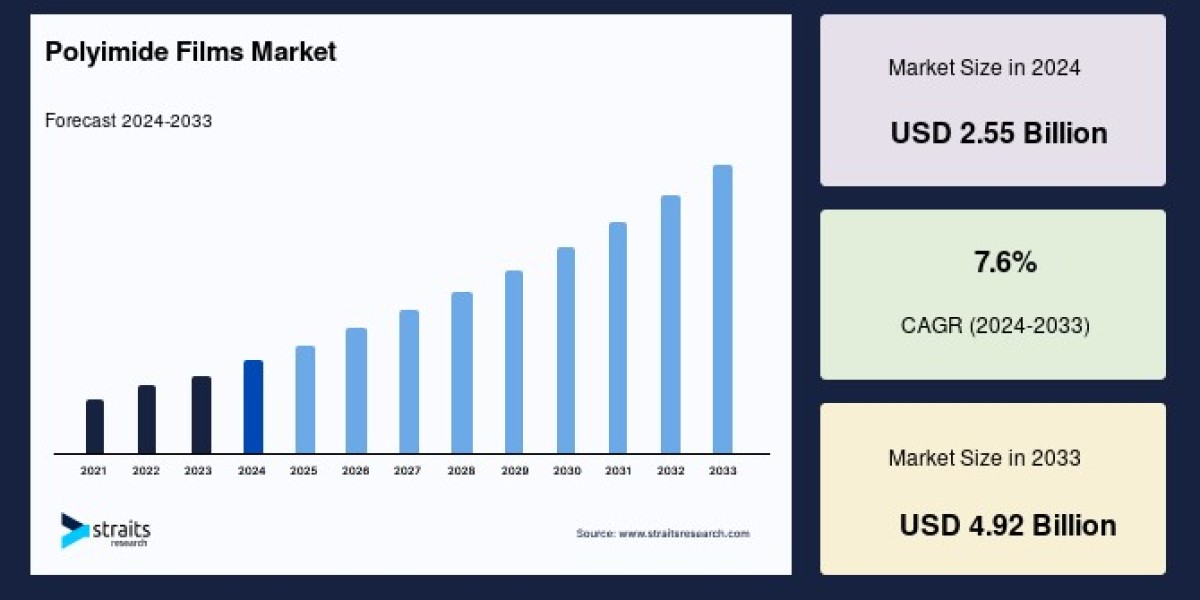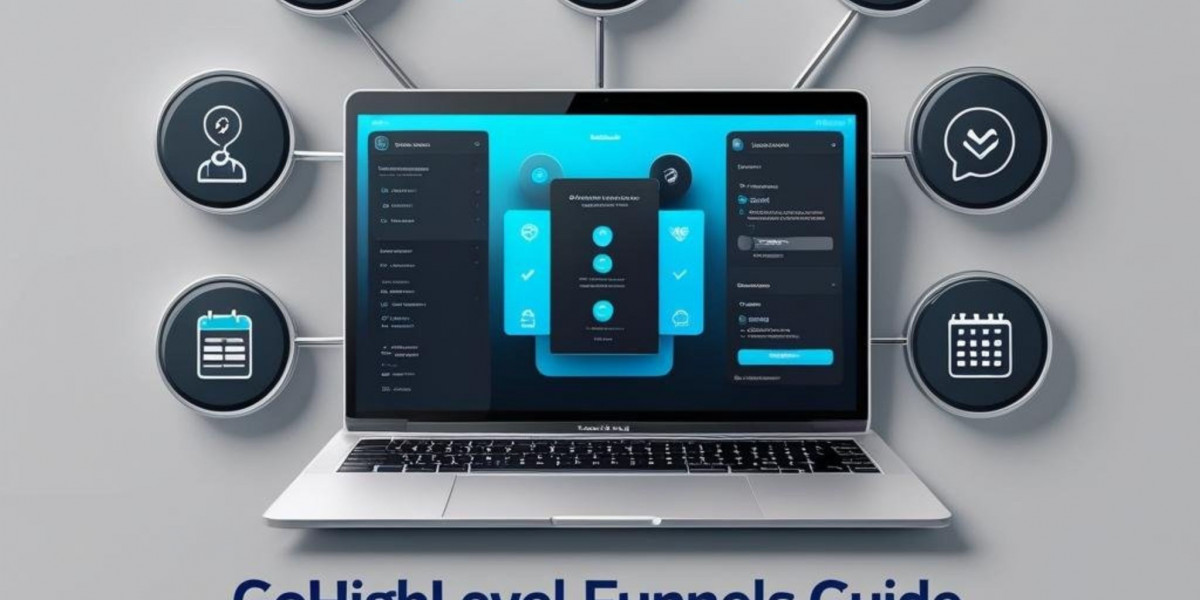1. Introduction to Disposable Fast Food Packaging
Fast food is all about speed, convenience, and accessibility, and behind every burger or fries is a piece of packaging that made it possible. Disposable fast food packaging plays a vital role in the quick-service industry, providing sanitary, practical solutions for serving meals on the go. But as the world shifts toward sustainability, this once overlooked element is now under intense scrutiny.
Packaging isn't just about wrapping food; it's a reflection of a brand's values. From a greasy paper bag to an eco-branded cardboard box, it shapes customer experience and environmental footprint alike.
2. Evolution of Fast Food Packaging
Disposable fast food packaging has come a long way since the era of Styrofoam containers and wax paper. In the 1950s, fast food restaurants like McDonald’s popularized disposable packaging as a way to reduce labor costs and streamline service.
Over the decades, materials evolved from plastic-heavy solutions to more eco-friendly alternatives like paper, cardboard, and even compostable bioplastics. Today’s packaging must meet both functional demands and environmental responsibilities.
3. Why Fast Food Chains Rely on Disposable Packaging
Here’s why fast food chains can’t do without disposables:
Convenience: Speeds up service and supports takeout/delivery.
Hygiene: Ensures sanitary food handling.
Marketing: Custom-printed designs enhance brand recognition.
Portion Control: Keeps food consistent and costs predictable.
All of these factors have contributed to the widespread use of disposable packaging across the industry.
4. Environmental Impact of Disposable Packaging
Unfortunately, most disposable packaging ends up in landfills or, worse, in natural environments like oceans. Single-use plastics are among the biggest culprits, taking hundreds of years to break down. Key issues include:
Waste Accumulation: Overflowing landfills.
Marine Pollution: Harm to wildlife from ingestion or entanglement.
Carbon Footprint: Energy used in manufacturing and transportation.
As awareness grows, both consumers and regulators are demanding cleaner alternatives.
5. Types of Disposable Fast Food Packaging
Not all disposables are created equal. Here's a quick breakdown:
| Material | Features | Environmental Score |
|---|---|---|
| Plastic | Durable, cheap, non-biodegradable | ❌ Low |
| Paper | Lightweight, recyclable | ✅ Medium |
| Cardboard | Strong, printable, compostable | ✅ High |
| Aluminum | Recyclable, retains heat | ⚠️ Medium |
| Compostables | Made from PLA, cornstarch, sugarcane | ✅✅ Very High |
Among these, cardboard fast food packaging boxes are becoming increasingly popular for their blend of practicality and sustainability.
6. Cardboard Fast Food Packaging Boxes
Cardboard packaging has surged in popularity—and for good reason.
Ideal for burgers, pizzas, sandwiches, and snacks
Flat-pack and easy to store
Custom branding with vibrant colors
Often made from recycled material
Cardboard boxes offer a great balance of performance, appearance, and environmental safety, making them a go-to choice for food businesses that care about sustainability.
7. Advantages of Using Cardboard Packaging
Cardboard fast food packaging boxes offer a wide array of benefits:
Eco-Friendliness: Most boxes are recyclable and biodegradable.
Strength and Versatility: Cardboard holds up under pressure and can carry a wide range of food types.
Customizability: Brands can easily print logos, promotions, and messages.
Thermal Insulation: Helps retain food warmth for deliveries.
These qualities are why even premium food brands are moving toward cardboard packaging.
8. Limitations and Challenges of Cardboard Boxes
Of course, cardboard isn’t without its drawbacks:
Moisture Sensitivity: Not ideal for greasy or wet foods unless coated.
Less Durable Than Plastic: Can get crushed more easily in transit.
Cost: Eco-friendly coatings or inks may increase the unit price.
Despite these limitations, innovations in material science are rapidly solving these issues.
9. Innovations in Sustainable Packaging Materials
The push for eco-conscious solutions has led to exciting new developments in disposable packaging materials. Some notable innovations include:
Plant-Based Plastics (PLA): Derived from cornstarch or sugarcane, these are compostable and non-toxic alternatives to traditional plastic.
Edible Packaging: Some startups are experimenting with edible wrappers made from seaweed, rice paper, or starch-based membranes.
Smart Packaging: Includes temperature-sensitive inks and QR codes to enhance food safety, traceability, and consumer engagement.
Such innovations aim to replace single-use plastics without compromising functionality or aesthetics.
10. Regulations Around Disposable Packaging
Governments worldwide are introducing strict regulations to combat plastic pollution. These include:
EU Single-Use Plastics Ban: Prohibits certain plastic items, including cutlery and straws.
US State Laws: California and New York have introduced bans on polystyrene and non-compostable plastics.
Asian Markets: Countries like India and China are also tightening restrictions on plastic use in food packaging.
Compliance with these regulations is pushing businesses to adopt sustainable alternatives like cardboard fast food packaging boxes.
11. Consumer Awareness and Preferences
Today’s consumers are more eco-conscious than ever. Studies show:
Over 60% of customers prefer eco-friendly packaging even if it costs more.
Millennials and Gen Z are driving demand for zero-waste options.
Brands that demonstrate environmental responsibility enjoy greater loyalty and positive brand perception.
The rise of green consumerism is creating pressure on fast food chains to invest in greener packaging solutions.
12. Branding Opportunities with Cardboard Packaging
Far from being just a food container, cardboard packaging is a brand storytelling tool. Restaurants can:
Print custom logos, slogans, and graphics directly on the boxes.
Share sustainability messaging such as “100% recyclable” or “made from post-consumer waste.”
Include social media handles or QR codes to encourage user engagement.
Packaging becomes a mobile billboard, especially when food is delivered or taken to-go.
13. Fast Food Giants Leading the Sustainability Movement
Some of the world’s biggest chains are making waves with packaging innovation:
McDonald's Has pledged to use only renewable or recycled materials for all packaging by 2025.
Starbucks: Introduced compostable cups and is testing reusable cup programs.
KFC: Launched fully compostable chicken buckets in several markets.
Subway and Burger King: Are trialing plant-based wrappers and recyclable trays.
Their initiatives set industry benchmarks and inspire smaller players to follow suit.
14. Small Businesses and Eco Packaging
Eco-friendly packaging isn’t just for global giants. Many local cafes and restaurants are adopting cardboard fast food packaging boxes as a sustainable, cost-effective solution.
Benefits for small businesses include:
Affordable bulk options
Local sourcing to reduce the carbon footprint
Brand differentiation through “green” packaging
Platforms like EcoEnclose, Noissue, and Packhelp offer custom-branded eco-packaging for businesses of all sizes.
15. How to Choose the Right Packaging Supplier
When selecting a packaging supplier, businesses should consider:
| Criteria | Why It Matters |
|---|---|
| Eco-Certifications | Ensures sustainability and compliance |
| Custom Design Options | Supports branding efforts |
| MOQ (Minimum Order Qty) | Must fit business scale |
| Lead Times | Important for supply chain reliability |
| Pricing and Discounts | Helps manage costs |
Request samples and sustainability reports before finalizing a supplier.
16. Future of Disposable Fast Food Packaging
Looking ahead, the future is bright—and green. We can expect:
Fully compostable multi-layer packaging
Reusable packaging loops (via take-back programs)
Blockchain-integrated traceability
Consumer rewards for sustainable behavior
Innovation, regulation, and consumer demand will collectively shape a cleaner future for food packaging.
17. Conclusion
Disposable fast food packaging is more than a convenience—it’s a reflection of environmental priorities and brand values. From cardboard fast food packaging boxes to cutting-edge biodegradable materials, the industry is evolving fast. Businesses that embrace sustainability not only reduce their footprint but also win customer trust and loyalty.








